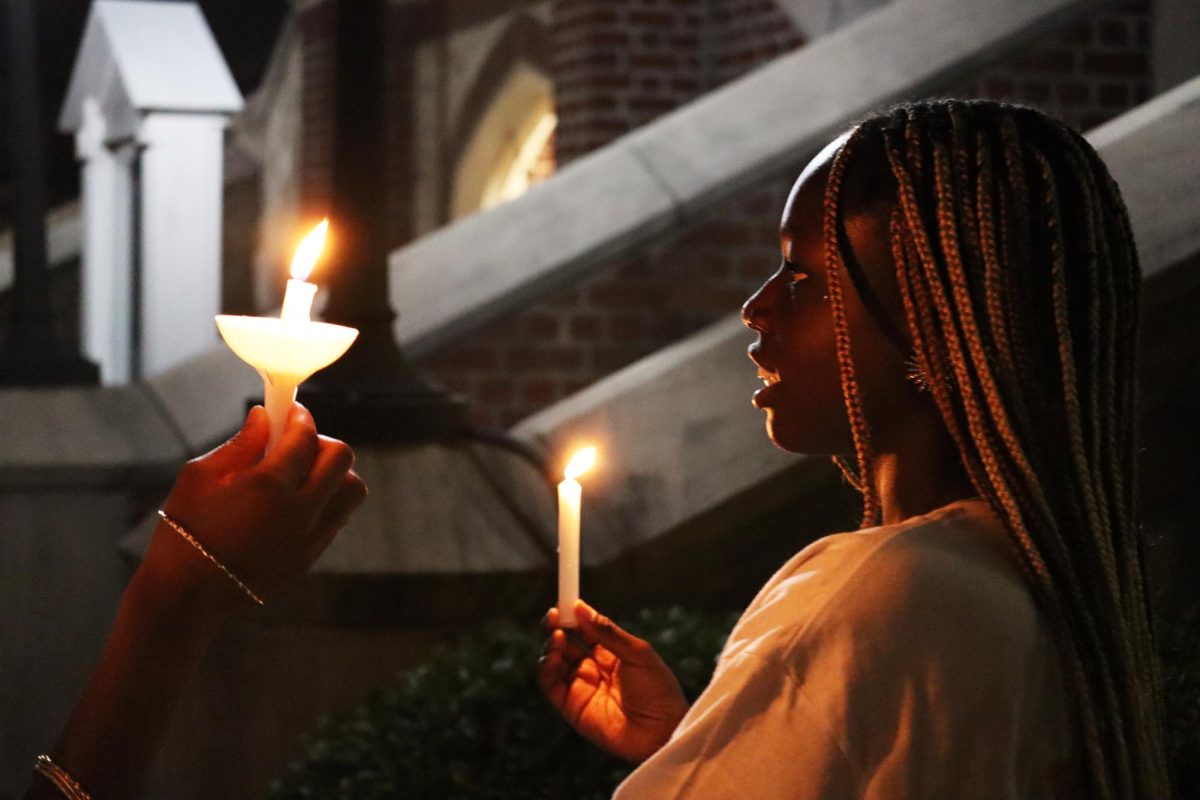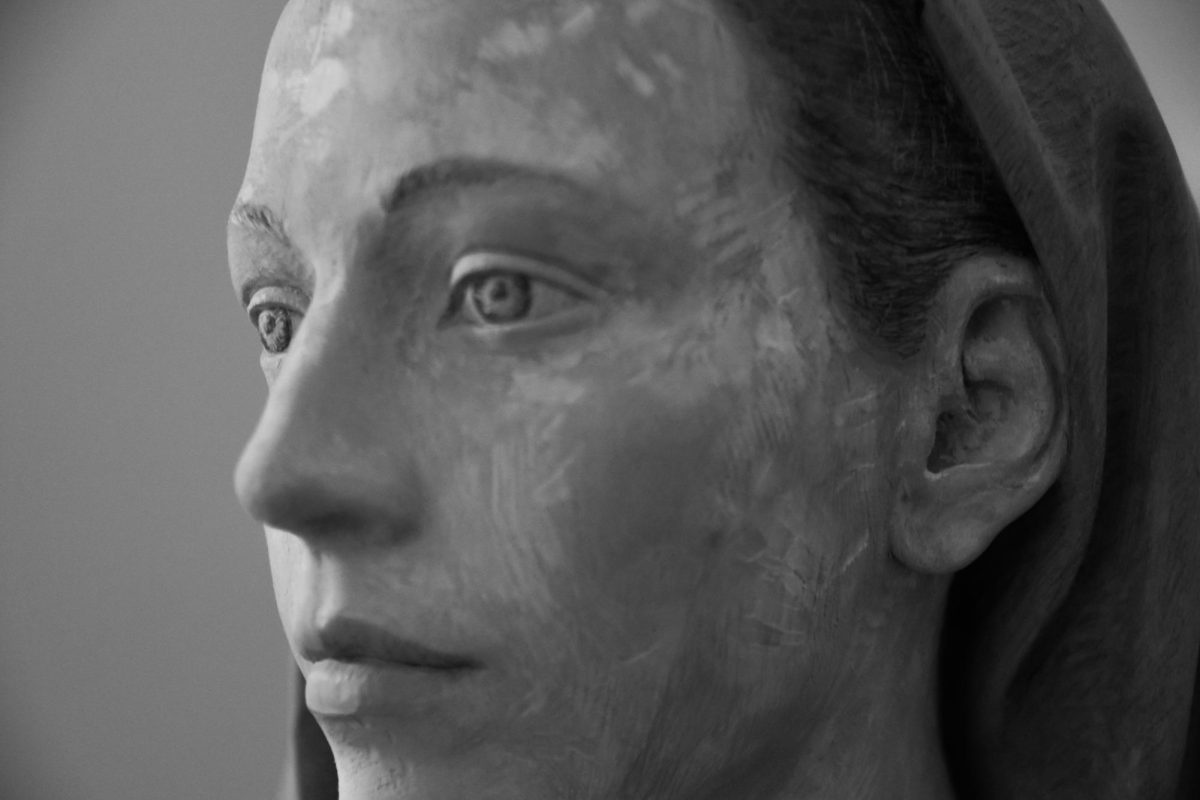On an October night 40 years ago, people filed into Loyola’s Field House, curious about New Orleans’ first professional basketball team.
The team was comprised of players strung together in a last-ditch effort to resemble a professional basketball squad. Owned by a sports fan who doubled as a food service company president, the New Orleans Buccaneers were born that night.
No one knew what to expect of the largely unknown bunch, featuring a few Louisiana collegiates and others who were far from household names.
They were names that predate Chris Paul of the New Orleans Hornets and “Pistol” Pete Maravich of the now-defunct New Orleans Jazz. Larry Brown, a 5-foot-9 guard, led the Buccaneers of the American Basketball Association after the National Basketball Association told him he was too short to play.
The team’s first two signees, Brown and his childhood friend Doug Moe, grew up in Brooklyn, N.Y., and played college ball at the University of North Carolina.
When the Bucs came calling, Brown was an assistant coach at his alma mater and Moe had resumed his basketball career in Italy after the NBA blacklisted him over rumors of a point-shaving scandal. The duo looked for anyone willing and able to join them. They were able to convince former Elon College forward Jesse Branson, who at the time was working in a textile factory in Burlington, N.C., and Gerald Govan, who had played with Moe in Italy.
The Buccaneers signed former Mississippi State coach Babe McCarthy, who brought former MSU guards Leland Mitchell and W.D. Stroud, and Tennessee center Austin “Red” Robbins to play under him.
At the first ABA draft, the Bucs selected Grambling guard James Jones, Arkansas State center John Dickson and Tennessee forward Ron Widby.
The only veteran player was Louisiana Tech graduate Jackie Moreland. The five-year NBA veteran was working in the insurance business in Shreveport before the Bucs coaxed him out of retirement.
Dillard’s Marlbert Pradd and Grambling’s John Comeaux filled the remaining spots after competing in an open tryout.
The Buccaneers called Loyola’s Field House home for two seasons. The venue included an elevated court, which induced havoc on opposing teams not used to the potential dangers of falling off the six-inch raised playing platform.
“This was back when elevated courts were the rage,” former Maroon sports editor Bob Marshall told The Maroon in March. “It was elevated so that when you were in the press box, your head was as high as the court and you watched their feet.”
“If you were to dive for a loose ball, you might go right into the scorer’s table,” said then- Loyola head coach Bob Luksta. “But it was never a concern for us.”
The Wolfpack, like the Buccaneers, used the court to their advantage.
“It was good for about eight or nine points on the other team,” 1970-1971 Loyola point guard Bobby Bissant said.
New Orleanians took to the ABA, which introduced the three-point shot and the red, white and blue ball. Soon, a loyal following descended on Loyola’s Field House, as the group of unknowns became one of the premiere teams in the new league.
“We didn’t know how good we were or how good the other teams were until we started playing,” Mitchell told The Times-Picayune in 1998. “But once we made our rounds through the league, we knew we could play.”
The Buccaneers’ first season was their most successful. They produced a 48-30 record and earned a first-place finish in the Western Division.
They advanced through the playoffs to the ABA Finals with early round wins over the Denver Nuggets and Dallas Chapparrals. In the ABA Championship, the Bucs faced the Connie Hawkins-led Pittsburgh Pipers in an exciting seven-game series.
The Buccaneers held a 3-2 lead, with Game 6 scheduled for the Loyola Field House. New Orleans blew a 15-point lead in the game; Hawkins punished the Bucs for 41 points, forcing a seventh game in Pittsburgh, where the home team won easily.
In the following years, the Bucs never equaled their successes of that 1967-1968 season. Afterwards, the Bucs traded All-Stars Moe and Brown. Mitchell quit and went back to work in real estate in Starkville, Miss., and Branson, bothered by knee and back injuries, retired to North Carolina.
The Buccaneers moved to Memphis, Tenn., after just three seasons in New Orleans. They changed their name in 1970 to the Pros, and later the Tams and the Sounds. The team moved again, this time to Baltimore, where they were renamed the Claws, but folded before the 1975-76 season.
Perhaps the Bucs’ biggest mistake came in their third year in New Orleans, when they moved their home court from Loyola to Tulane Gymnasium, a small structure with a seating capacity of only 4,500, compared to Loyola’s 6,500. The franchise had never done well financially and was especially hurt with attendance numbers down. The Bucs ended with a .500 record and failed to qualify for the playoffs.
Robbins remembers the 1967-68 season as a special season unmatched in years to come, when a group of nobodies brought professional basketball to New Orleans.
“I think just about everybody on the team had played college ball in the South,” Robbins told The Times-Picayune in 1998. “I think we got lucky putting a good group of people together. That was half the battle. We were just in the right place at the right time.”
The right place was at Loyola’s Field House, 40 years ago today.
Michael Nissman can be reached [email protected].






